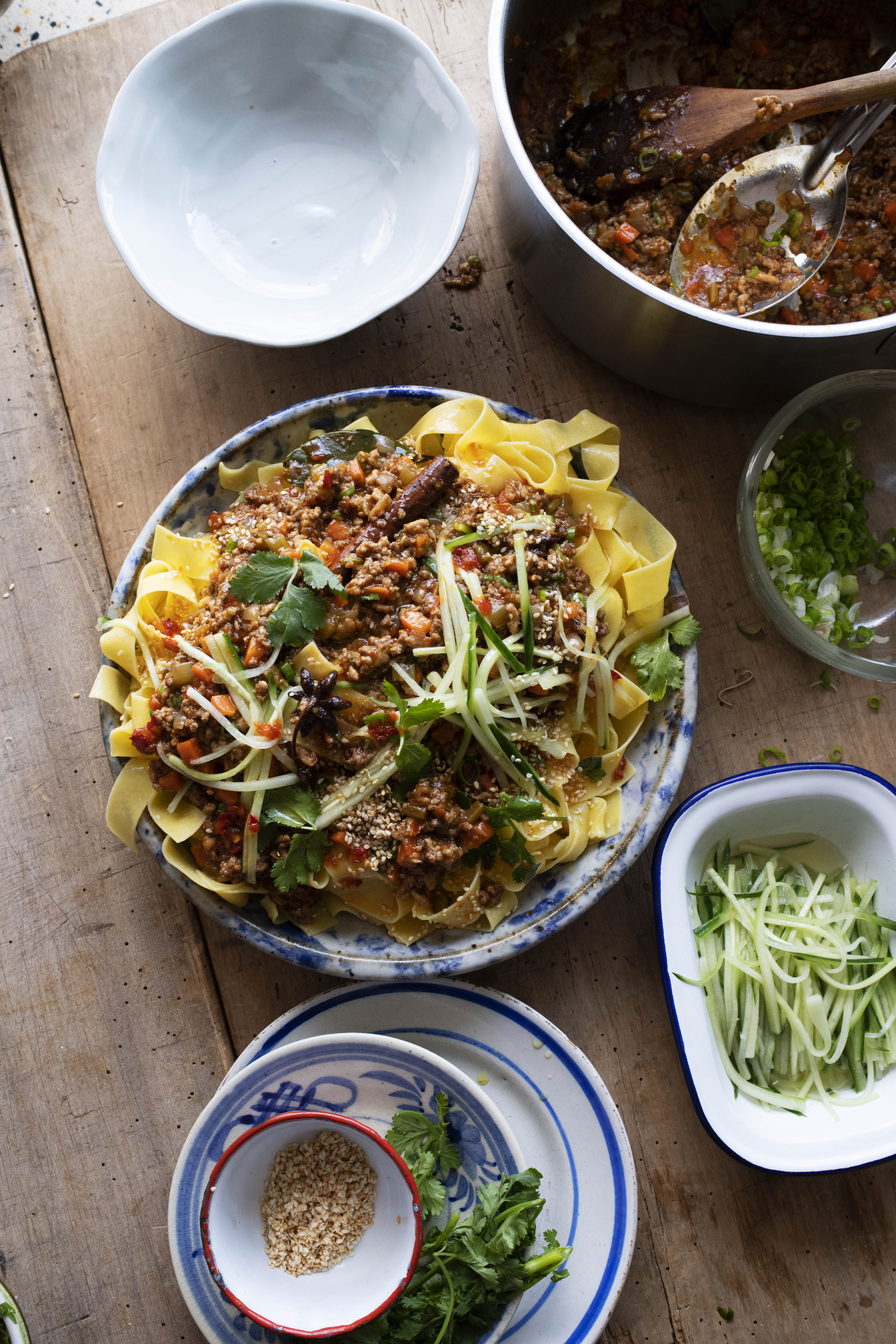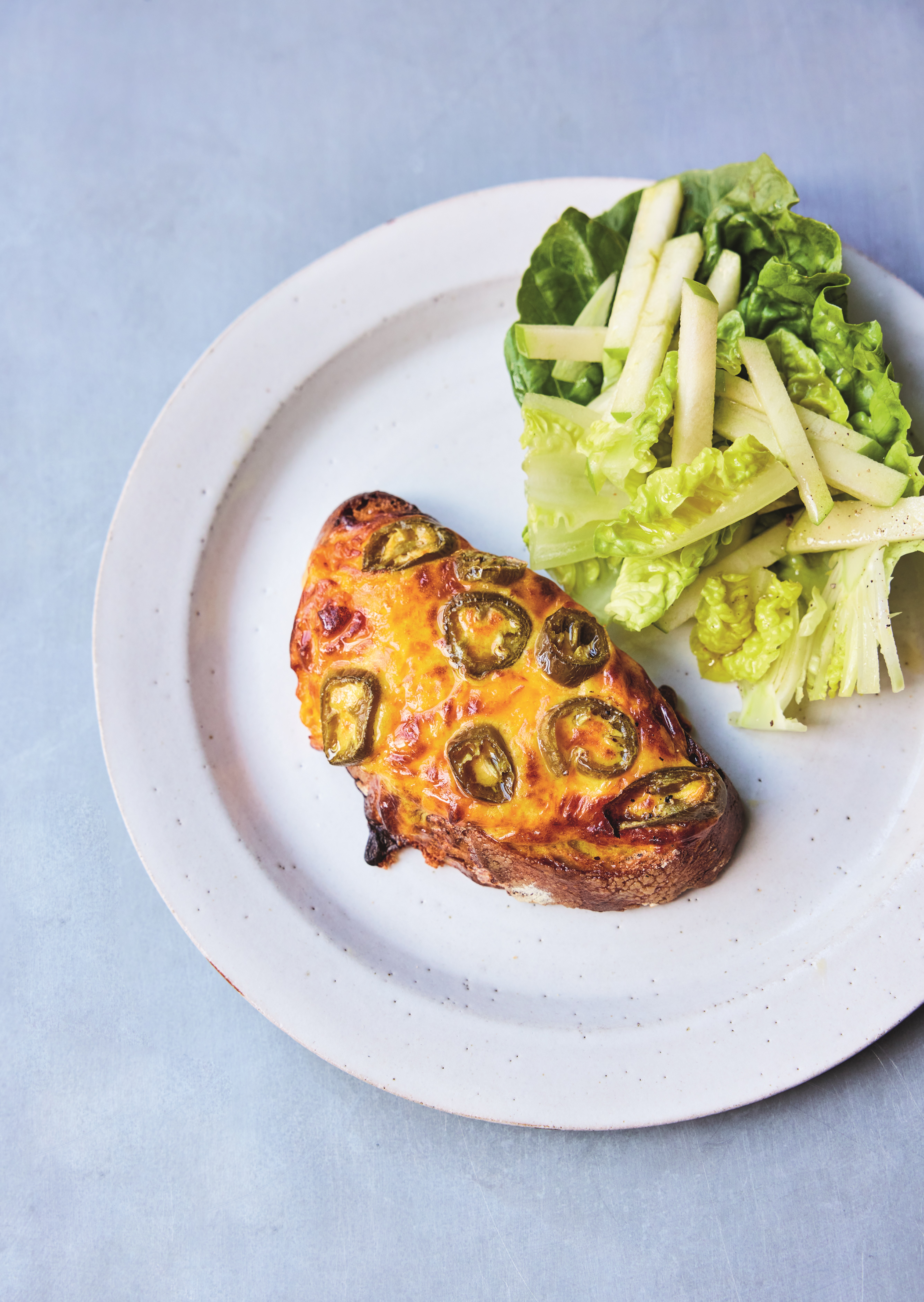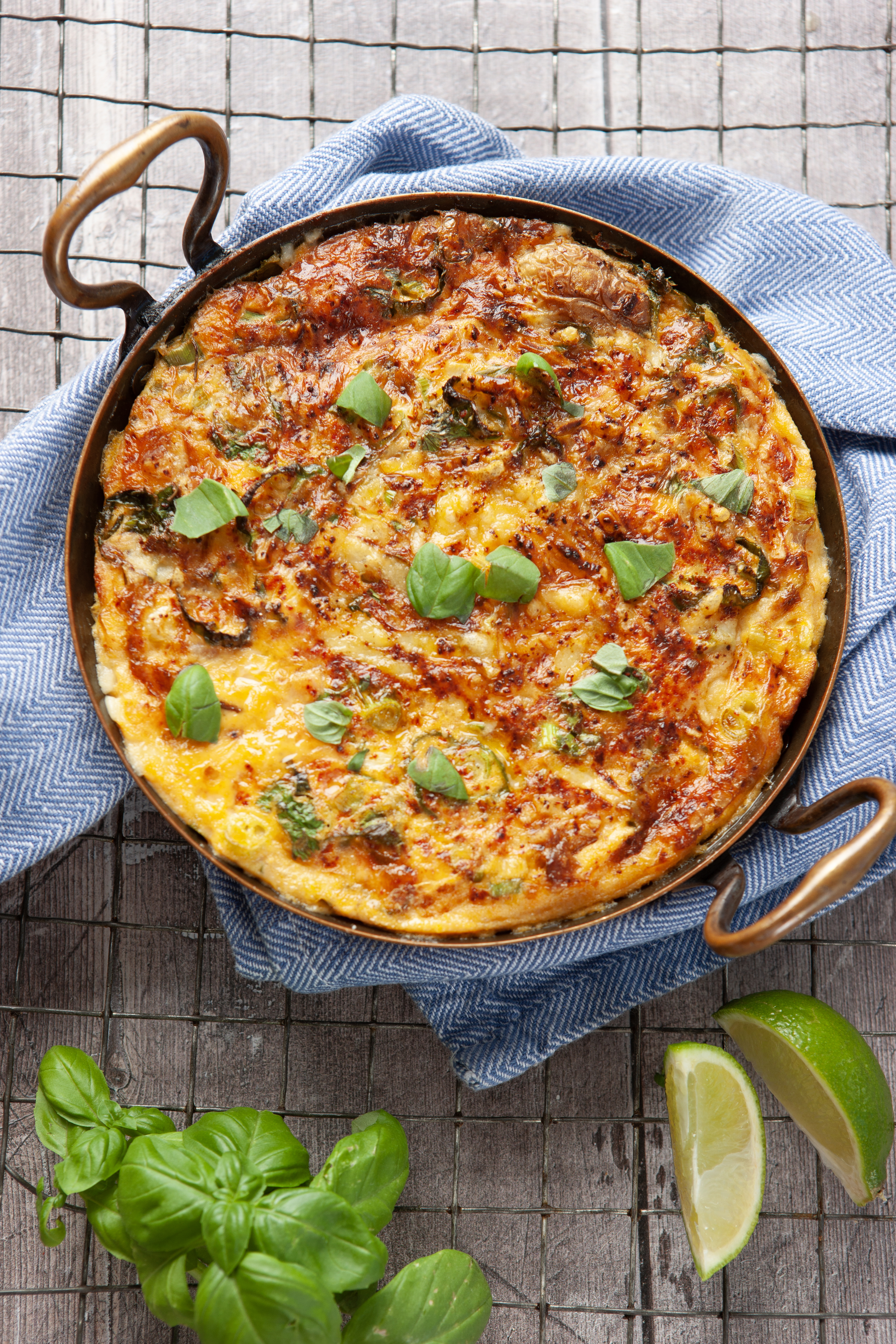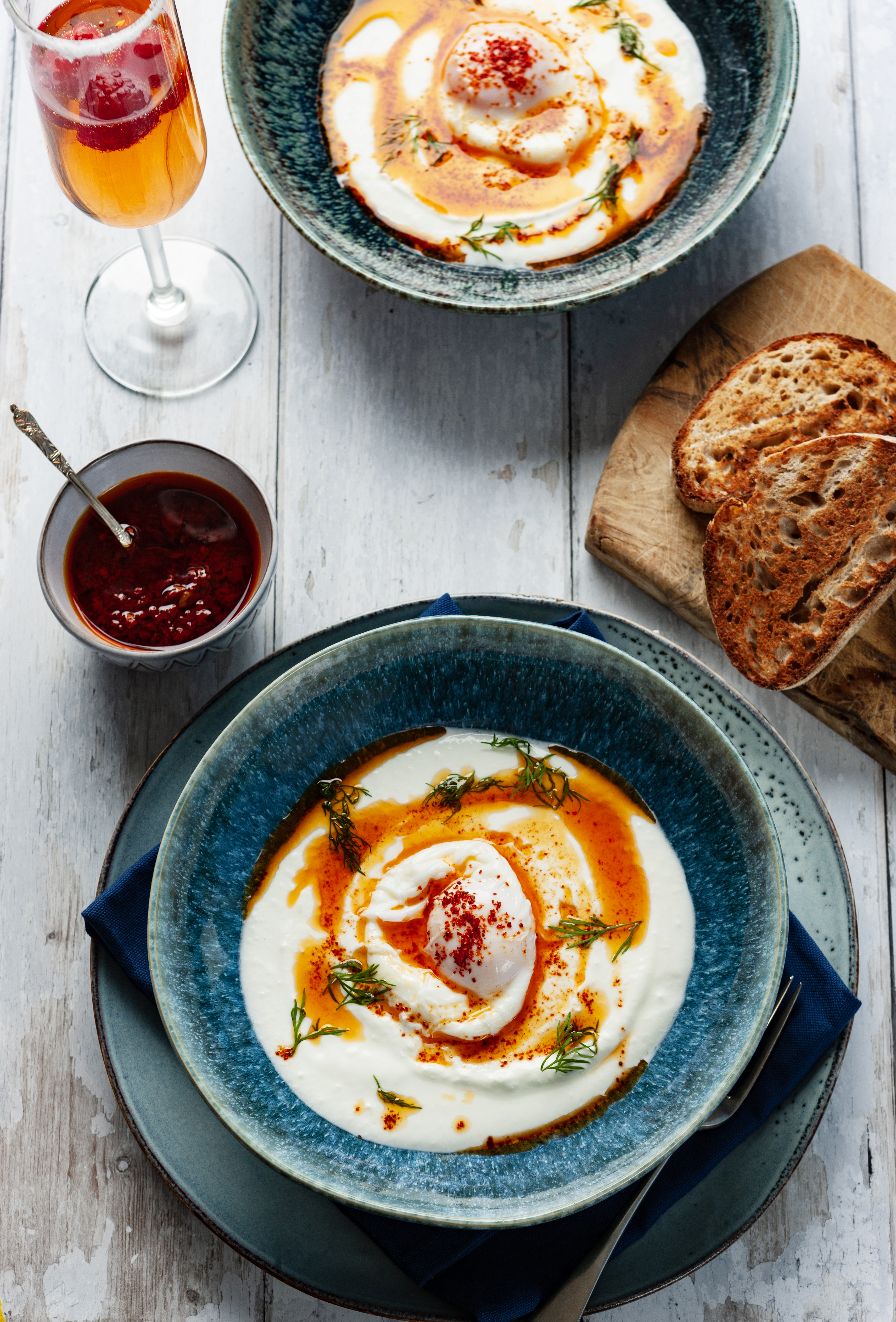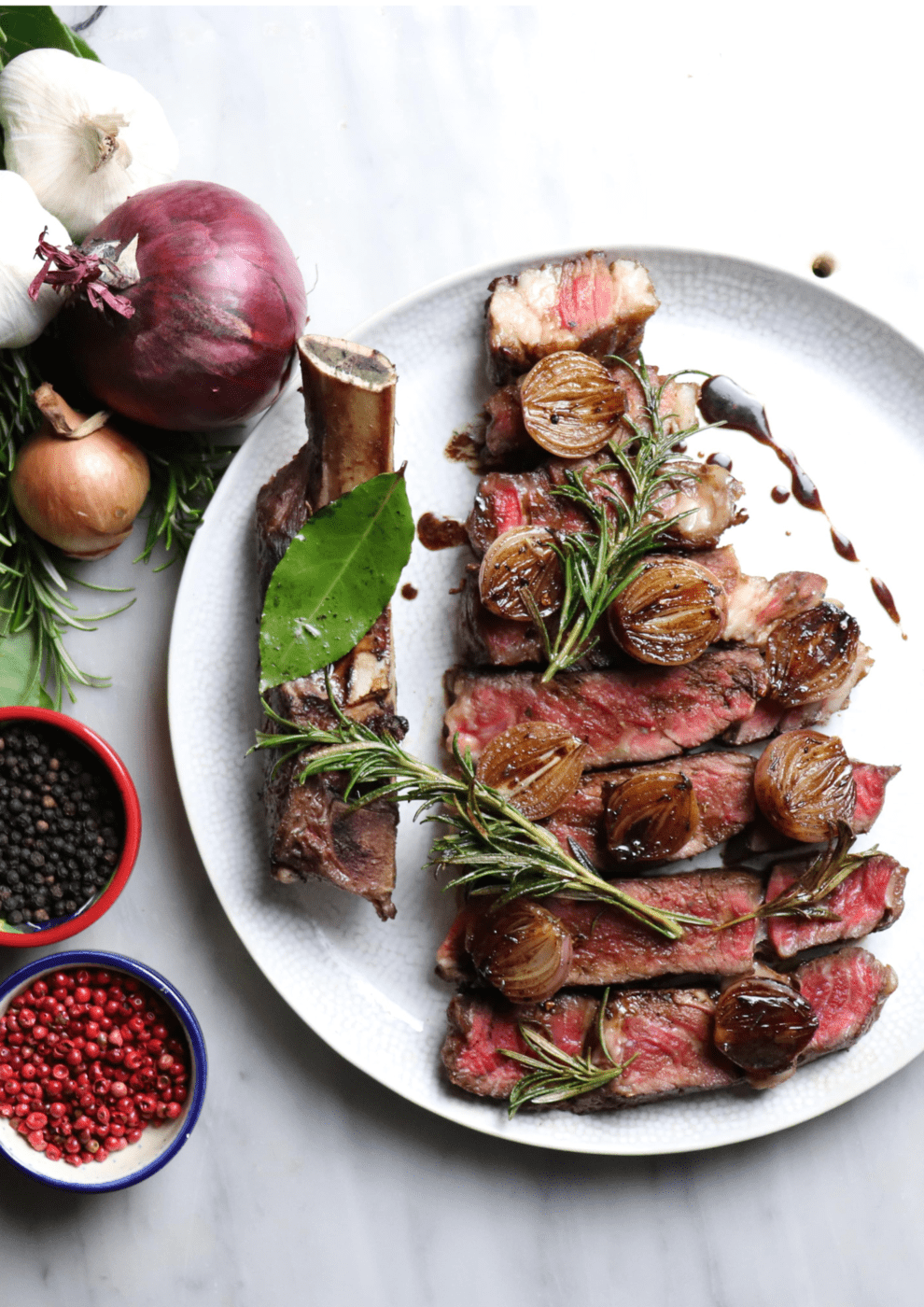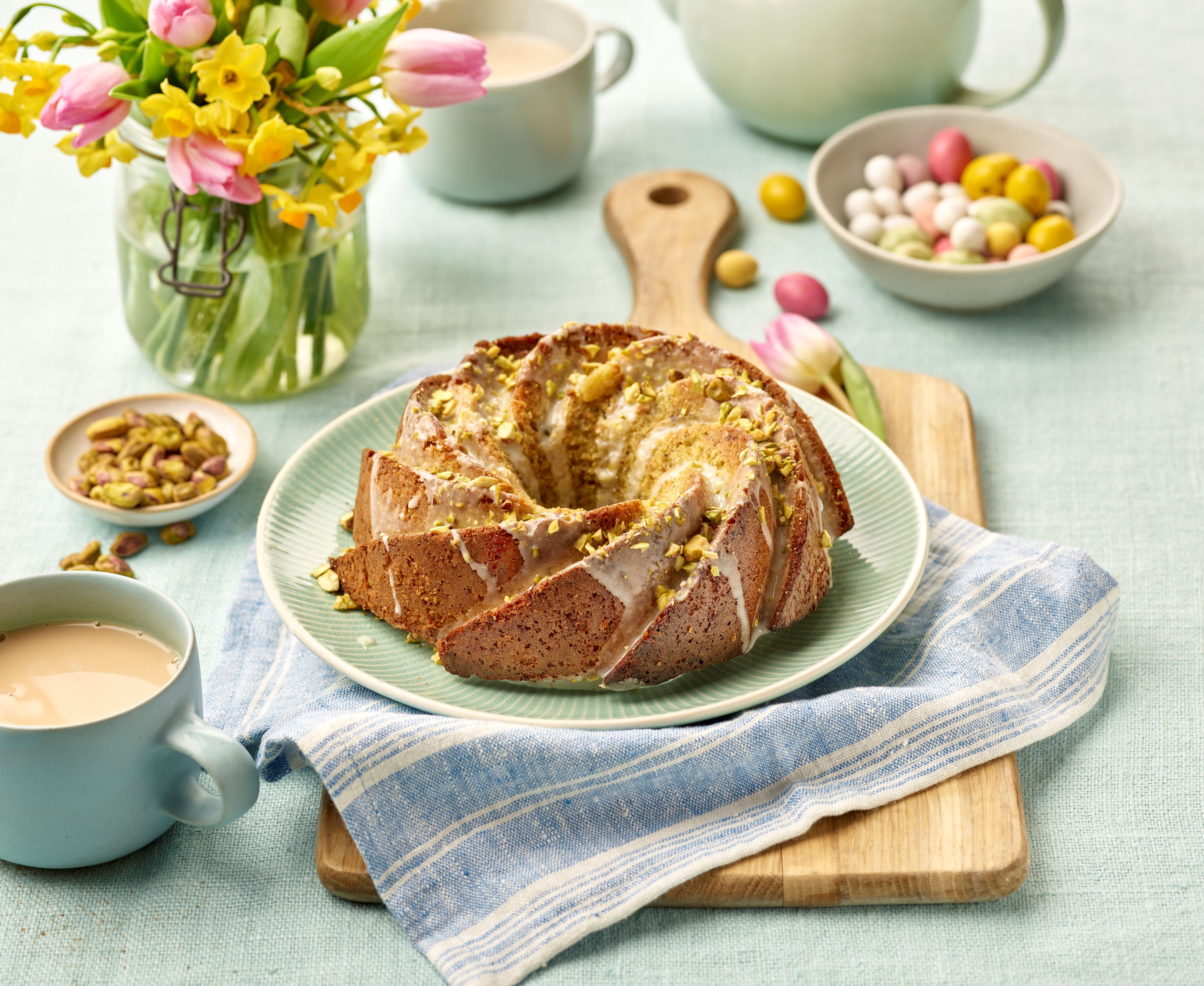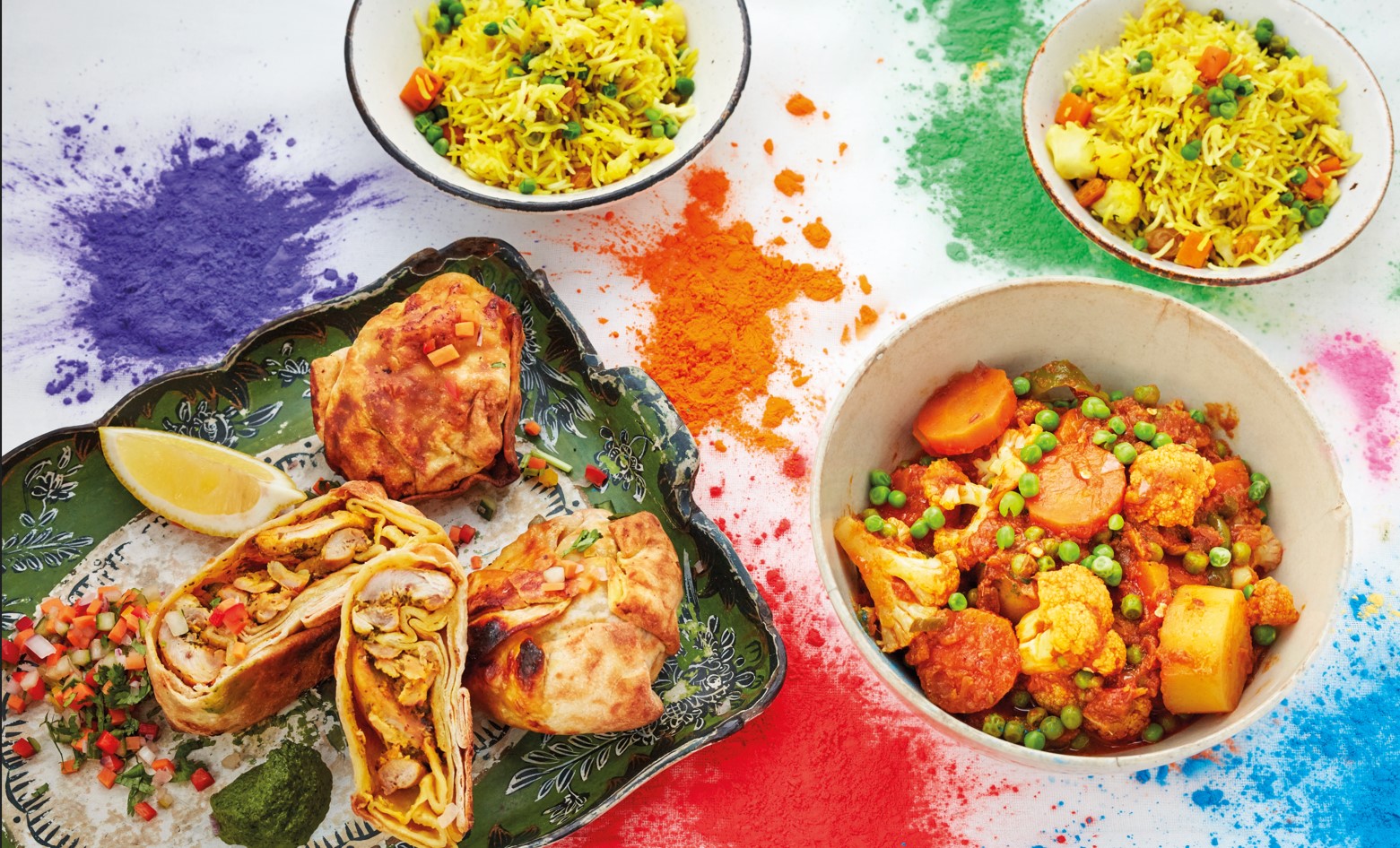Foolproof Festive Fruitcake for a Crowd
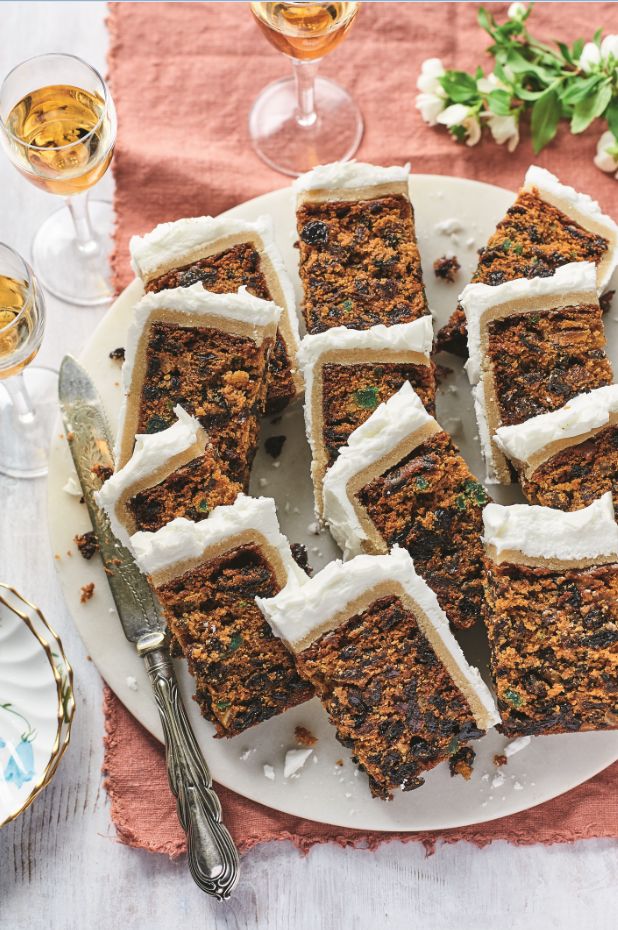
40 minutes, plus chilling and feeding time prep, 4 hours cook
Serves Makes two 23cm and 16cm round cakes
Ingredients
For the fruit cake:
475g salted butter, softened
475g dark muscovado sugar
8 free-range eggs, beaten
475g self-raising flour, sifted
1½ tsp mixed spice
¼ tsp nutmeg
A pinch of salt
500g raisins
500g currants
500g sultanas
75g each of green and red glacé cherries, quartered
125g candied peel, chopped
50g angelica, chopped
Finely grated zest of 1½ unwaxed lemons
2 tbsps brandy, plus extra for feeding the cake
For the almond paste:
800g ground almonds
400g caster sugar
400g icing sugar, sifted
2 tbsps vanilla essence
Juice of 2 lemons
3 free-range eggs, beaten
6 tbsps homemade or good-quality apricot jam
For the royal icing:
4 free-range egg whites
1kg icing sugar, sifted
4 tsps lemon juice
2 tsp glycerine
Method
Heat the oven to 150°C/Fan130°C/Gas 2.
Beat the butter and sugar in a stand mixer fitted with the beater, on medium speed for 5 minutes, until pale and creamy.
With the mixer on a low speed, add the eggs, a little at a time, beating well between each addition. Alternatively use a hand mixer.
Place the flour, spices, salt, raisins, currants, sultanas, glacé cherries, candied peel, angelica and lemon zest into a very large mixing bowl and stir together.
Add the 2 tablespoons of brandy, then add the creamed mixture to the fruit and stir well with a large metal spoon until evenly combined.
Divide the mixture proportionately between the two tins. Level the tops, then bake: the 23cm cake will take 3½–4 hours and the 15cm will take about 2½ hours.
or until the cakes feel firm to the touch, are a rich, golden brown, and a skewer inserted into centres comes out clean. If they are colouring too much, cover them with foil for the remaining baking time.
Once the cakes are baked, leave them to cool completely in the tins, then remove them onto a plate or board, leaving the baking paper attached to the sides and bottom to keep them moist. Don’t worry if there’s a little dip in the top of each cake.
Use a skewer to pierce the cakes all over, taking care not to pierce all the way to the bottom. Spoon 2 tablespoons of extra brandy into each cake, then cover the cakes with baking paper and wrap them in foil. Place them in a tin or box, to store.
Uncover the cakes once a week for the next 4 weeks, each time feeding with 1 tablespoon of brandy each.
About 1 week before you intend to serve the cakes, make the almond paste. In a bowl, using a wooden spoon, mix together the almonds, caster sugar and icing sugar.
Add the vanilla, lemon juice and enough of the beaten eggs to give a stiff paste (you may not need all the egg). Chill the paste for 30 minutes to firm up.
For the 15cm cake you will need about 550g paste; for the 23cm cake about 950g. On a surface lightly dusted with icing sugar, roll out one half of each weighed portion of almond paste to a circle large enough to cover the top of each cake and about 1–1.5cm
With the remaining paste, roll out two long strips, one each to cover the sides of the cakes.
Heat the apricot jam in a small pan over a low heat to loosen.
Brush the top and side of each cake with the warm jam, then place the appropriate circle of almond paste on top and wrap the appropriate strip around the side, trimming any excess and pressing the seam together where the pieces of paste meet.
Loosely cover the cakes with baking paper and leave for at least 24 hours before adding the royal icing.
To make the royal icing, whisk the egg whites with an electric hand whisk for about 1–2 minutes, until frothy. Whisk in the icing sugar and stir in the lemon juice and glycerine. Whisk together until the icing is thick enough to hold stiff peaks.
Using a palette knife, spread the tops and sides of the cakes with royal icing. Smooth it around the sides and rough up the tops to create a snow effect.
Leave the cakes overnight at room temperature to allow the icing to harden, then store in a tin or box until needed. (Don’t wrap the cakes in cling film or use a plastic box as they will go mouldy.)
Great British Food Awards
Tasting videos

3 of the best biscuit and tea pairings
Treat yourself by discovering three decadent ways to match award-winning biscuits with tea
